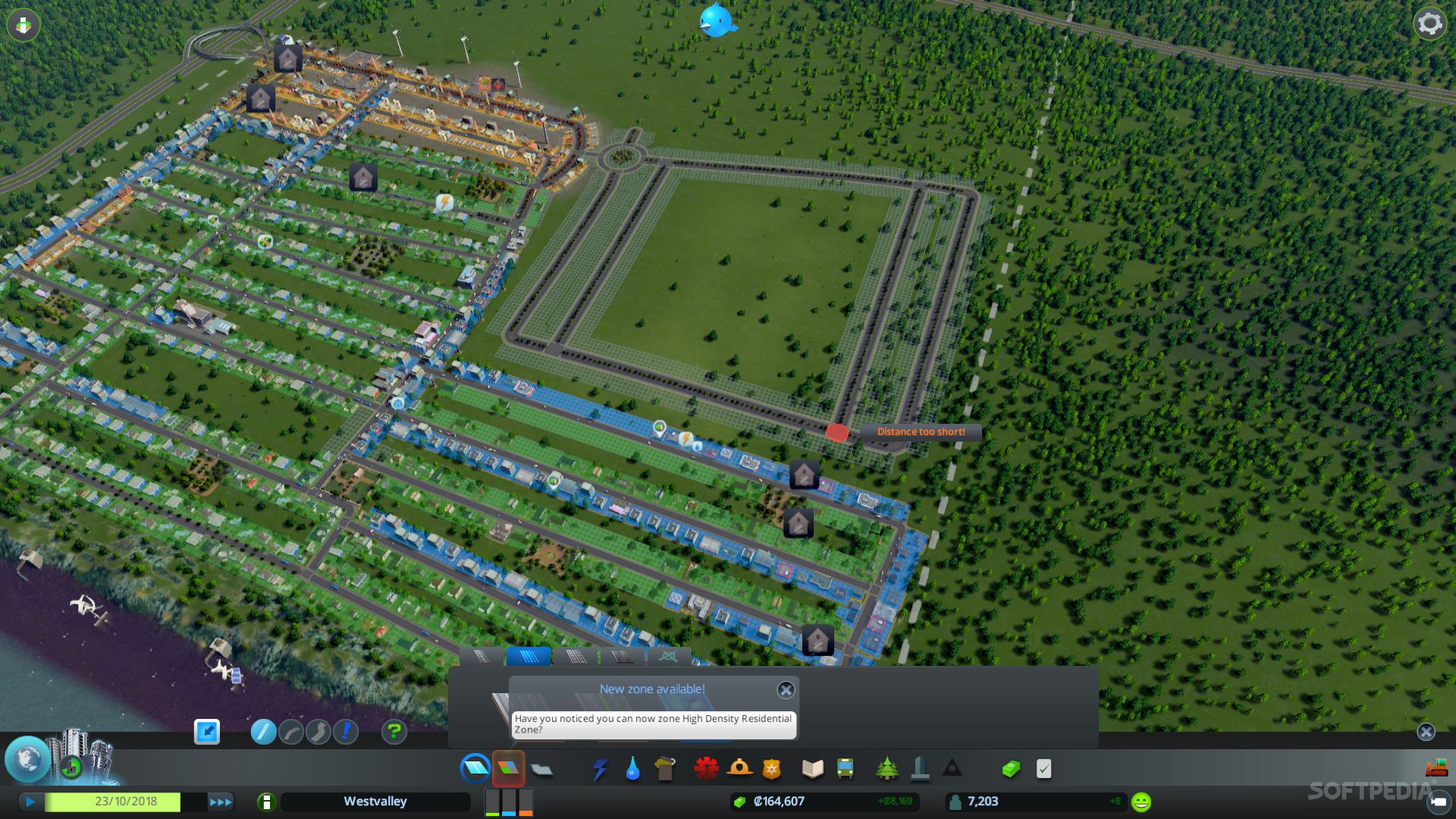

Identify the worlds fastest growing cities and regions, and urbanisation cycles of.Something I could recommend is the Network Extensions Project I was talking about in this thread earlier. Building Skyscraper City Town Downtown Office Space Work Street. You can get higher density by using rectangular zones instead of. For grids bounded by 4-lane roads, the optimal size is 12x12 but density drops to a meagre 50. Touch device users, explore by The most obvious 8x8 grid is 'only' 64 efficient, which may not sound much worse, but requires 50 more road length and is therefore that much more expensive than the previous option. When autocomplete results are available use up and down arrows to review and enter to select.

However, this is more expensive. In those cases I'm often building two-way roads like you could see below:I could upgrade these roads to 6-lane or 8-lane roads if needed and it works better than two one-way roads. Especially at junctions you could get into trouble. This solution is quite cheap and is good for further developments in the future.However, when I'm zoning a new area with as main goal to make it high density from the start this approach might work less good.
Might be nice to look into that.If you are having problems with generating enough income it might be nice to look into the city-planning policies Big Business Benifactor and Small Business Enthusiast. These roads look kinda cool but I haven't used them that much yet. You could see a picture of dirt-roads in a village near my city below:The Network Extensions Project recently added some new roads that are intended for neighborhood-traffic (tiny roads). These roads are very cheap but you could get traffic jams if you intent to use it for something else than local traffic. These roads are for local traffic only and don't need to handle that much traffic. I only use them in villages outside of the city where there are no future expansions planned.
Cities Skylines Most Efficient Road Layout Trial Zones Next
Placing industrial zones next to highways is recommended.How I've started usually is to build a roundabout on your first interchange. You'll need enough products though, so make sure you have a lot of industry. I use that and it is really helpful.

Should note that I'm using left-hand traffic. From a very early version of that city not long after I got the game. It only becomes an issue if it is becoming backlogged and gridlocking your city.^ That is how not do it.
As soon as it's on the dual carriage way, it flows out of the city northwards. Situation is resolvable by putting a roundabout there or by putting a direct link to the highway. Causing traffic to build up.
Mind you, Traffic ++ hasn't received an update since Sept 15 so I'm not sure if that is still active either but it still works in my game for now though.I would like to elaborate a little bit further about industry and traffic. I believe it has been forked now and I'm not sure which one to recommend. Traffic Manager is something also to look at but I disabled mine ages ago because it was abandoned and a CS update started causing save issues (it didn't save). I do now sometimes switch between the two and three lane roads intermittently to provide a turn lane in the middle when it suits. I'd also look at Traffic ++ to control your lanes since lane switching is somewhat primitive in this game. That will give you more road types to choose from and expand your options.
They could either enter the highway on the right or go left to the cargo train terminal and ship the goods from there. This way the lorries from the industrial area on the left have two options. On the right you can see a district in my city which has the 'ban heavy traffic' policy. You can see that in the example below:I've placed a large roundabout in the middle of this six-lane road (you could also make a smaller one and upgrade when needed). However, you could also control a lot with the 'ban heavy traffic' policy.
Trains can ship a lot of goods which is especially nice if your city is getting larger. Cargo train terminals are quite good to use. There are some ways in making highways work efficiently but using trains is in my experience even more efficient and the rail itself is quite cheaper than large highway systems. If your industry is getting larger and you're exporting a lot of goods you could have problems with roads and highways.
Like the station below:The train-terminal above was located somewhere else but I've moved it because the other place was in the residential neighborhood you can see on the left. However, there are situations where I haven't done that. In the situation above I've implemented this approach from the start and I therefore have saved space for this solution. I prefer this approach because I've noticed that terminating trains are quite annoying It takes quite some time which decreases efficiency and I don't really like it when the trains are driving backwards (for realism-reasons). Otherwise it could get quite expensive later on.In the example above I'm using a train-terminal with a loop.
Even though I would like to address this because the layout of your rails are having great influence on how easy it is to implement this. This way you could avoid spending too much on tunnels and so forth.The next part I'm going to talk about is going to be too expensive when beginning your city. Therefore it is recommended to think about how big your city will get in the future. This approach works just as fine but is quite expensive.


 0 kommentar(er)
0 kommentar(er)
